#DYWSummit Bridging the Digital Divide
Digital inclusion is a social justice issue, unchecked it has been exacerbating social inequalities. We all need to work together to turn things around. At Youthlink Scotland’s #DYWSummit on the 8th September, I talked about four tactics to bridge the digital divide and create a fairer Scotland:
Firstly, the Digital Inclusion Fund
The Scottish Government is investing £20 million in digital poverty through Connecting Scotland. Phase 2 is open now until October 5th. Closer to home, the government is investing an additional £250,000 in devices and data for community based learners, through the Digital Inclusion Fund. It is for 16 to 30 year olds who are participating in CLD learning opportunities but in exceptional cases the age can be discretionary. The Digital Inclusion Fund has provision for adaptive/assistive technology so this fund is particularly useful for disabled learners.
With the coming flood of new kit and data in Scotland we have an opportunity to realise lifelong learning as a cultural norm. A blend of accessible face to face and online learning improves the accessibility of learning opportunities around people’s lives. In their Covid 19 Super Charged Inequalities report Glasgow Disability Alliance calls for greater investment in community based learning opportunities to provide inclusive learning opportunities. The digitally agile principles for CLD have been active for several years however the 2018 CLD workforce survey highlights that one third of CLD practitioners identified digital skills as a development need. Ongoing investment in staff training as well as kit is needed for practitioners to feel confident to offer a high quality blended learning approach as well as for learners and their families.
Secondly, a new free beginners computers course
“In Scotland, around one in 5 (18%) don’t have the Essential Digital Skills they need to thrive in a digital world” source SCVO blog from 17th March, Self-Isolation, social distancing and digital inclusion. Some of the people who are not participating online could benefit from CLD for literacies support and from building their confidence to participate. We’ve tried to make it easy for everyone by creating a new free “Everyday Computer Skills” course. Written by Lead Scotland learners, for learners it is hosted on the OU’s open learn create website. It is pitched at an entry level so is a ready made accessible learning resource and a bridge to further free online learning opportunities. You might be familiar with OU courses and how they work, but on the 29th Sept we are hosting a session for practitioners who want a demo of how to get started if you follow the link to the course to sign up for this session.
Thirdly, participating safely online
Learning to use kit safely is crucial so that people are not vulnerable to cyber attack which would confirm fears many will have had about using technology in the first place. The Scottish Government has a Cyber Resilience Strategy and CLD is highlighted within the Cyber Resilience: learning and skills action plan 2018-20. There are lots of trusted resources that you can use to support young people and adults to protect themselves online including Youthlink’s Safe, Secure and Empowered resource.
Lastly, Designing Emerging Technologies
Just as the CLD standards for engagement ensures learners are at the heart of design, we need future technologies which are accessible and inclusive designed by the communities they serve. As CLD practitioners we can guide and support young people and adults who have the ability and ambition to choose learning pathways which could take them in this direction. There are growing numbers of jobs in cyber industries where people can support the wider effort to keep everyone safe. Scotland is the envy of many countries because we have a suite of cyber security qualifications ranging from SCQF level 4 to 11. CLD is well placed to broaden people’s horizons and widen access to these opportunities.
We have an opportunity in Scotland right now to end digital poverty and capitalise on the new appetite for digital learning through the new youth and adult learning strategy being developed (page 99 Programme for Government).
“It’s scary at first but give it a chance because it will open your world” – Lead Scotland learner
Emma Whitelock, CEO Lead Scotland
Local services
Contact a Co-ordinator in your area to discuss your options and get started:

